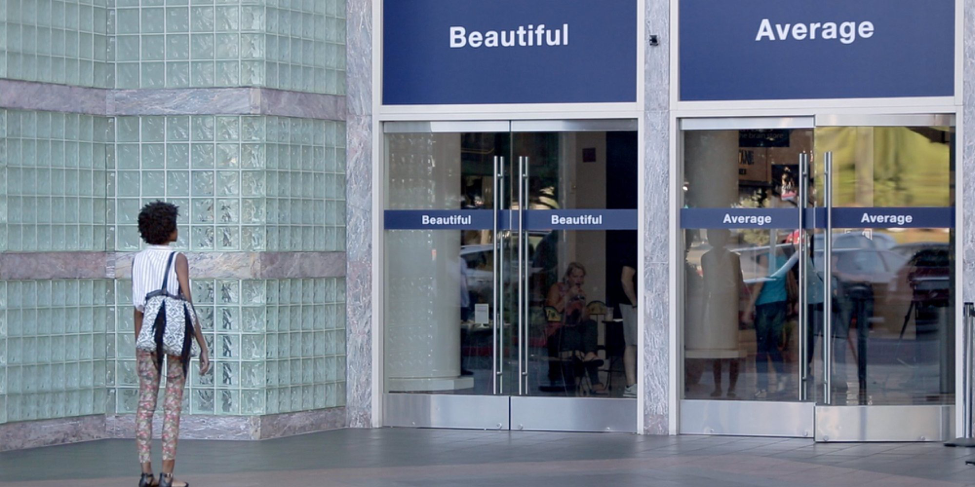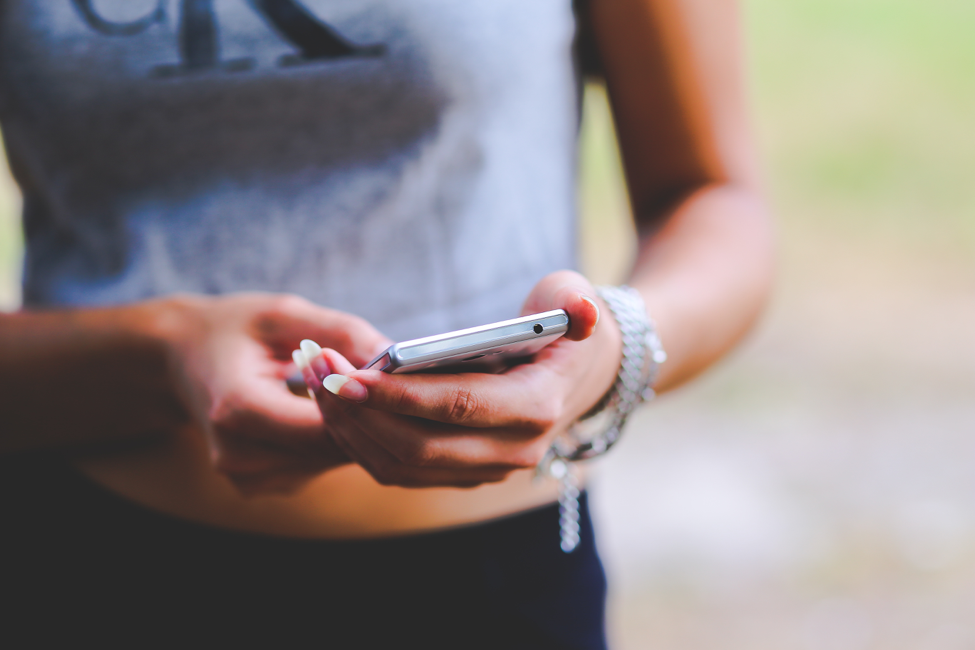With millennials being the largest generation in America, it’s imperative for business owners to reach this audience, an audience that is over 75 million strong. These are staggering numbers and indeed, millennials have crushed the Baby Boomers as the largest generational demographic in the U.S.
With that in mind, let’s break down what marketing techniques your business can deploy to really reach the heart of this tech-addicted, brand obsessed generation.
Millennials Are Mobile
Your customers live in a world of right here, right now convenience. Everything is presented to them so that they can have it right there, in that very moment. Millennials are the first generation to grow up in this technological zeitgeist. As a business, your outreach should deliver on their expectations.
In fact, a large portion of millennials access the Internet almost solely through their smartphones. Implementing Google’s idea of the micro-moment, it’s important to reach your audience at the first step of their buyer journey. Businesses that can successfully convert searches into sales know that they have to reach millennials in that initial moment when their search begins.
The millennial generation is used to getting information as soon as a thought crosses their mind, so it’s all about engaging them first when they have an impulse to search.
What’s Your Story?

Being the first generation to grow up with the Internet and the concept of mobile advertising, millennials have an uncanny ability to know what’s a sales pitch and what’s not.
Studies show that this generation is much more likely to follow a brand if they find it’s authentic to how they live and relate to the world. Brands like Coca-Cola have taken this to heart by connecting their messages with deeper meaning.
Coca-Cola’s “Share a Coke” campaign saw the company’s soft-drink sales go up 2% in the U.S. after launching. The campaign focused not on the product, but on the authentic message of sharing your name, and yourself, with somebody else. The message was holistic and simple: simply be yourself and connect with others.
By creating a story and an authentic message with your branding, millennial consumers will respond authentically in return and take a keen interest in what you have to offer.
Get Interactive
In 2015, Dove launched its “Choose Beautiful” campaign, which invited women to walk into a building through a choice of entrances titled “Beautiful” or “Average.”

This campaign, though polarizing, was wildly successful. The focus was on the experience and message, not the product. More so, this campaign placed women directly as the subject of the message. Executed beautifully, the choices these women made were documented and shared.
These women were not simply marketed to, they became part of the experience. As the millennial generation becomes the dominant buying force in your market, your challenge as a business owner will be creating an interactive experience which transcends traditional advertising.
Like the Dove campaign, creating a memorable experience in which the consumers are part of the message means that people are much more likely to interact with your brand.
Millennials Self-Market
Forget enormous ad spend budgets, if you’re savvy enough, millennials will perform some of your marketing for you. There are incredible resources for user-generated content available to anyone who owns a smartphone.
Studies show that 84% of millennials report that user-generated content influences what they will buy. This means that it’s not the businesses who millennials trust, rather it’s other consumers.
This fact completely changes the way in which you reach your customers. If you’re a company which specializes in high-performance ski equipment, you’re much better off using a user-generated video of a ski run in your equipment rather than a commercial or ad describing the attributes of your wares.
Millennials are much more likely to engage with your product if they see that it’s out there in the real world being used by real people. An excellent example of this is GoPro, a company that is constantly marketing with user-generated content.
Diving Deeper into the Future
With the focus on creating experiences rather than traditional marketing practices, platforms, and evolving marketing products are refining this concept. The future of marketing will be the combination of micro-moments, messaging, and social platforms.
More and more, we will see brands beginning to communicate with consumers via messaging platforms in a way which allows a direct connection.
Warby Parker’s marketing strategy is an excellent example of bringing customer communication to a whole new level with their activity on Snapchat. They provide a unique customer experience by sharing exclusive company moments and allowing customers to experience the brand on a personal level.
In-Platform Purchasing
Instagram is experimenting with functions that allow users to buy items right from the platform. We can only imagine that other brands and companies will follow suit.
This means that there will be a synthesis in branding, messaging and E-commerce, in which consumers will be able to buy a product and communicate with the brand right in the same app.
Various companies have begun to utilize this as primary means of doing business. One such brand is Beloved Shirts, whose presence on Instagram is an example of a new type of digital customer communication.
By keeping a strong social media presence and communicating with customers right from the app, Beloved Shirts champions the concept of the micro-moment and is always at customers’ fingertips.
A Touch Away
Millennials are accustomed to being a touch or swipe away from their next destination. Keeping that in mind, it’s up to you to figure out how to be there when they look.

